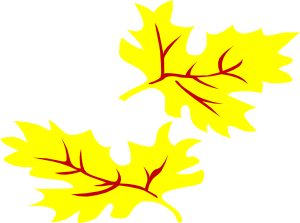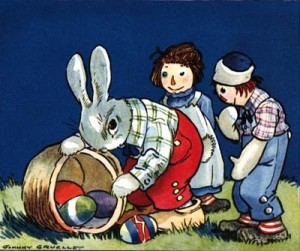What did one autumn leaf say to the other leaf? I’m falling for you!
 As a change and extension from reading books, it’s important to also tell stories. Ask your child to choose a fall leaf. Either you or your child can be the voice of the leaf and tell about being on a tree and all the things it saw. For example: “I am a leaf. My name is Lucy. I lived at the top of a very big tree and I saw all around. One day a little boy left a bicycle by my tree. He ran off to play with a ball and the bicycle got up and started to chase the ball, too.” Or, choose 2 leaves and let the leaves have a conversation.
As a change and extension from reading books, it’s important to also tell stories. Ask your child to choose a fall leaf. Either you or your child can be the voice of the leaf and tell about being on a tree and all the things it saw. For example: “I am a leaf. My name is Lucy. I lived at the top of a very big tree and I saw all around. One day a little boy left a bicycle by my tree. He ran off to play with a ball and the bicycle got up and started to chase the ball, too.” Or, choose 2 leaves and let the leaves have a conversation.
Telling stories instead of reading them gives kids a chance to make the pictures in their own heads first and then add the story. They practice both creating a context and the language that’s needed. Plus, they exercise their imaginations. As adults, we take the basic structure of a story for granted but children are only beginning to understand that stories have a beginning, middle and end sequence. Some of them have dialogue. They are usually built around one event or idea. It takes lots of experiences with stories and books for kids to figure all this out.
We can’t just leaf it to chance! Fall for some story time. What does your leaf say?

